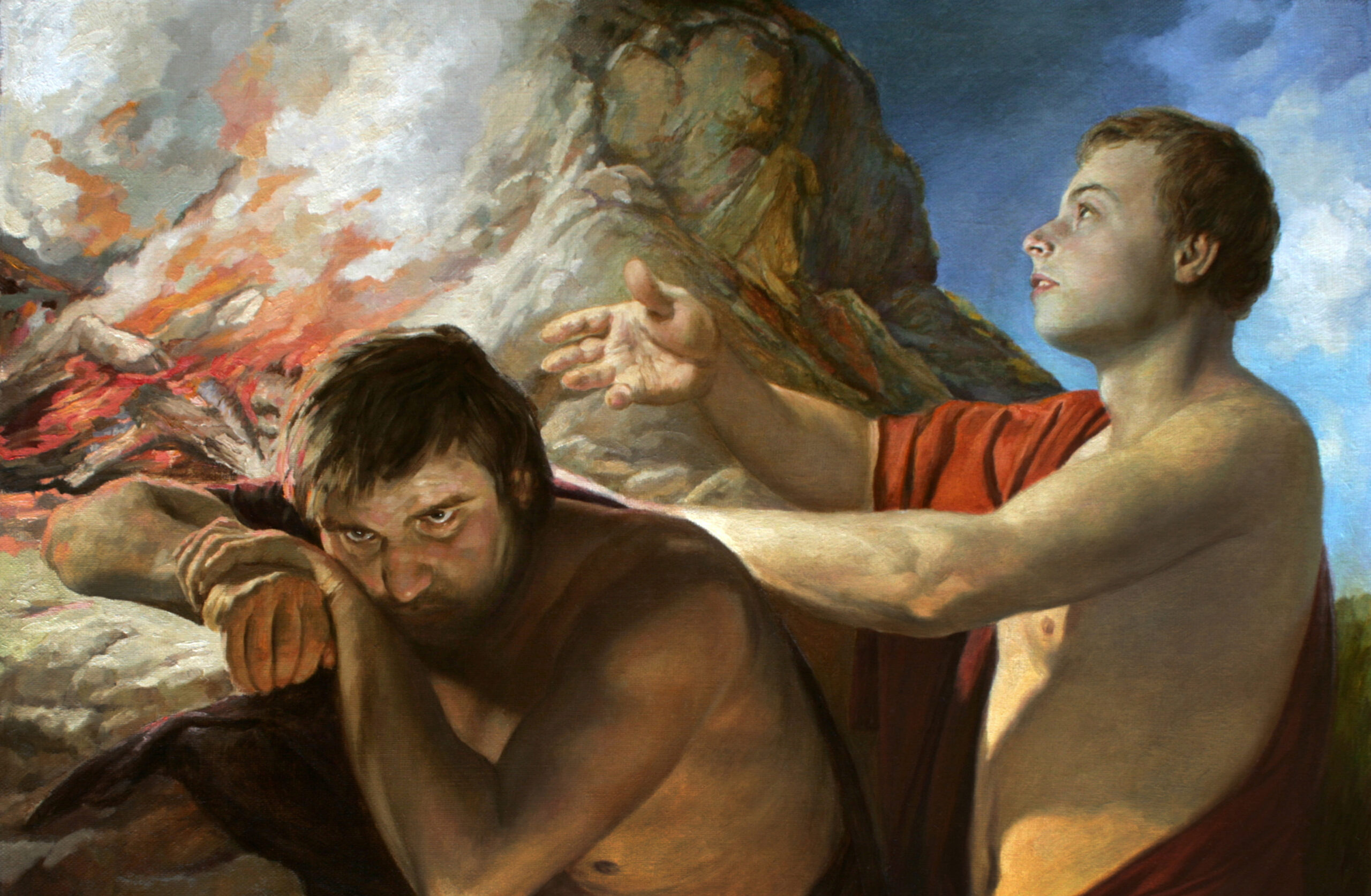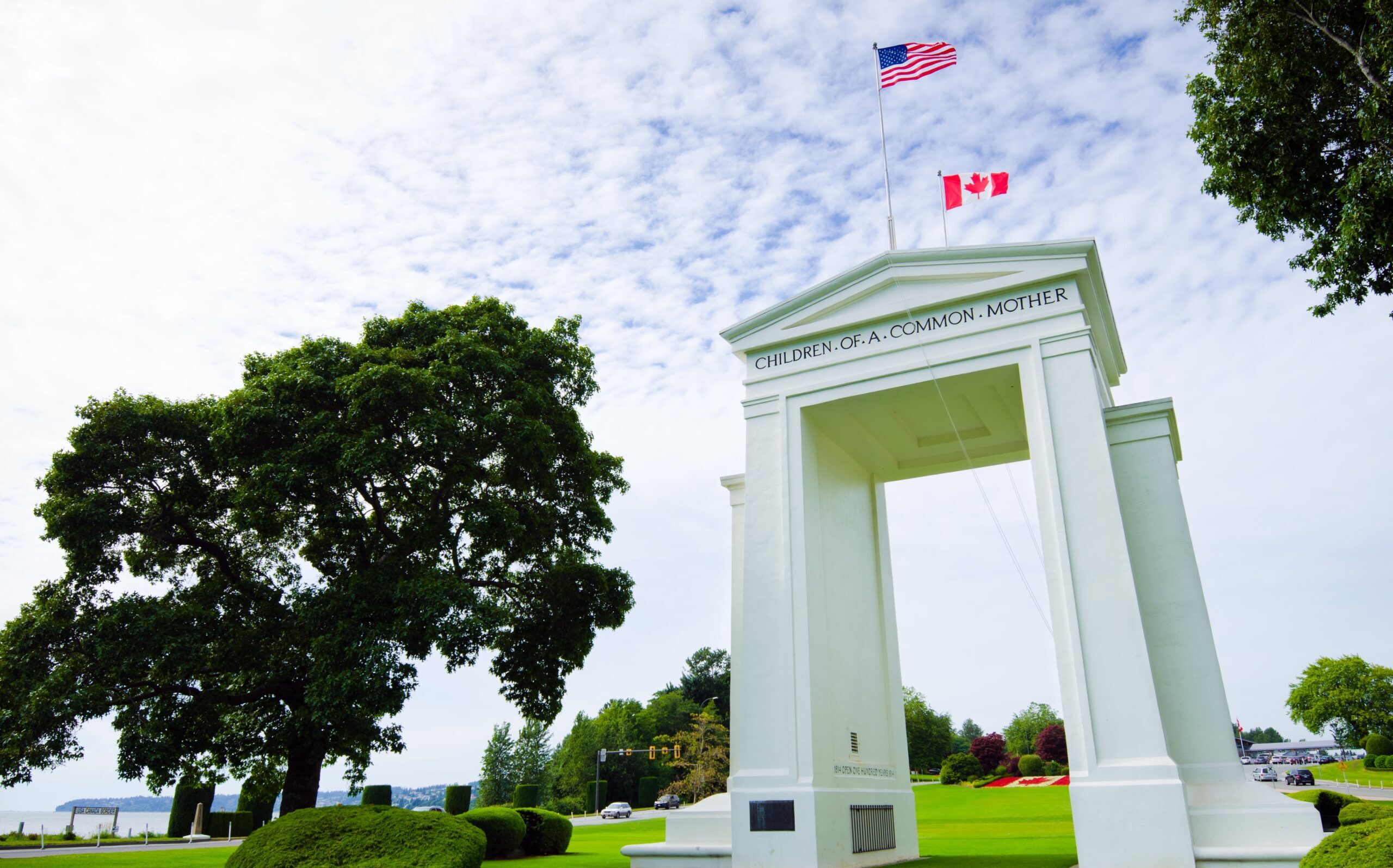The “Book of Common Prayer”: A Biography by Alan Jacobs
(Princeton, NJ, and London: Princeton University Press, 2013)
“Living words in the mouths of those who have a living faith.” This, according to Alan Jacobs, is what the Anglican Book of Common Prayer was always meant to be, and what it sometimes has been. Flowing from Thomas Cranmer’s talented pen during the upheavals of the English Reformation, the prayer book promised to give English Christianity both order and vitality. It was a text born out of concern to renew biblical faith, phrased in lovely rhetoric that possessed centuries of enduring power. But in the past two hundred years, cultural, textual, and ecclesiastical changes have done irreparable damage to the prayer book’s role within the global Anglican Communion, which no longer has anything like one liturgy and one book.
Devout Christians in liturgical churches must sometimes long for a bit more spontaneity, and I know that some evangelicals wish occasionally for more rootedness (I am an evangelical who has wished for it myself). To Jacobs, Cranmer’s book offered fixed, reliable forms of prayer, but also breathed them—for those with ears to hear—with solemn intensity, just the right combination for struggling yet sincere pilgrims.
The first half of Jacob’s concise, readable volume concerns the prayer book and the course of the English Reformation. Indeed, in spite of its seemingly narrow topic, Jacobs’s book serves as an excellent guide to the Reformation itself. Seven decades before the King James Bible standardized the Scriptures in English, Thomas Cranmer began work on an English-language liturgy to replace Latin as the standard tongue for Christian worship in England. The English church itself had broken with Rome in 1534, but the extent of Reformed changes—like worship in the vernacular—remained pressing questions. What Cranmer produced would secure the place of English language in worship, but more broadly, it would shape the religious lives of millions in the English-speaking world “from birth and baptism through marriage and on to illness and death and burial.”
For Christians unused to liturgical forms, it may be hard to appreciate the onetime ubiquity of the prayer book’s words. One way is to remember how pervasive (some of) the opening lines of the marriage rite still are today. Jacobs once even heard the words at a Unitarian wedding in Tulsa: “Dearly beloved, we are gathered together here in the sight of God, and in the face of this congregation, to join together this man and this woman in holy Matrimony.”
Cranmer’s efforts were part of the broader work of the “evangelical party” fully to reform the church. (In using the term “evangelical,” Jacobs is following Diarmaid MacCulloch, the great historian of the Reformation, but the terminology is confusing. Cranmer, Queen Elizabeth I, George Whitefield, and John Wesley are all “evangelicals” here, in spite of the intervening “Puritan” movement. I might have chosen “Reformed” to describe Cranmer’s party, even though Puritans still saw his prayer book as too papist.) In the 1530s, the English Reformers secured the use of an English-language Bible, the “Great” or Coverdale edition, which parishes chained to a desk in every church so that it might be read by everyone, or at least seen. Thus, as Cranmer began his work, the people of the Church of England were getting used to the idea of worship in the vernacular.
In the prayer book, Cranmer established a uniform service in the people’s language. “From henceforth, all the whole realm shall have but one use,” he insisted. Jacobs emphasizes that the liturgy and lectionary (the schedule of prescribed Scripture readings) were, true to their Reformation origins, designed to inculcate the English Bible in the minds and hearts of all parishioners. Not only were his rituals filled with biblical phrases, but each service featured the public reading of several Bible passages from across the Old and New Testaments.
Any man, woman, or child who faithfully attended would accumulate a working knowledge of a great deal of the biblical text. Again, Cranmer’s book avoided the extremes of putative Catholic lay ignorance of the Bible, and some evangelicals’ irregular or selective appropriation of it. If laypeople were to have faith and devotion woven into their daily lives, they would then need to have their days structured by prayer at the beginning and ending of each day. Matins and Evensong were Cranmer’s “brilliant solution,” enabling the “regular enactment, by millions of laypersons, of these simplified forms of the ancient Daily Office.” The prayer book patiently took believers through sacred history, as revealed in the Word, through the course of their own lives, from birth to death, and even through the course of their ordinary days. It provided a sturdy model of a disciplined Christian life.
Cranmer became perhaps the most famous Protestant martyr to fall under Queen Mary’s reign, but with Elizabeth’s assumption of the throne, a relatively traditionalist version of the prayer book became fixed in the lives of Anglican Christians. Moving past the turbulence of the mid-1500s, Elizabeth’s forty-five years gave a new permanence to the book and its rhetoric. As historian Eamon Duffy has noted, “Cranmer’s sombrely magnificent prose, read week by week, entered and possessed [worshippers’] minds, and became the fabric of their prayer, the utterance of their most solemn and their most vulnerable moments.”
* * *
Jacobs is especially good at analyzing the “magnificent prose” of the prayer book. Following C. S. Lewis, Jacobs argues that Cranmer brilliantly adapted Latin devotional language into English, crafting lovely English phrases while maintaining the sense of earlier Latin prayers. Many prayers have a kind of grave relentlessness, such as this confession of sin: “Almighty and most merciful father, we have erred and strayed from thy ways, like lost sheep. . . . We have left undone those things which we ought to have done, and we have done those things which we ought not to have done . . . but thou, O Lord, have mercy upon us miserable offenders. Spare thou them, O God, which confess their faults. Restore thou them that be penitent.” The pronouns ring “like a bell,” Jacobs observes, and mirror each other with subject/verb (“we have erred”) and verb/subject (“Spare thou them”), depending on whether they describe our actions or God’s.
Some precisionist English Protestants were wary of set prayers and liturgies of any kind, believing that they inevitably produced rote religiosity. In the mid-1600s, England again was wracked by religious controversies, many of which touched on compliance with the prayer book. In the 1630s, Archbishop William Laud made kneeling, once optional, a requirement for all faithful ministers. Laud and King Charles I also tried to impose a version of the prayer book in Scotland, precipitating a famous incident at Edinburgh’s St. Giles Cathedral in 1637, when one Jenny Geddes threw a stool at the minister, crying, “Daur ye say Mass in my lug [ear]?” When Charles I fell to Parliament and its Puritan allies, the prayer book also fell. Parliament banned the Book of Common Prayer in 1645, six days before Laud was executed, and four years before Charles suffered the same fate. With Charles II restored in 1660, the prayer book also came back. The 1662 Act of Uniformity made the Book of Common Prayer’s rites compulsory for all Church of England ministers. Some two thousand Puritan ministers (“none of them inclined to intellectual agility,” Jacobs adds) refused to comply and were removed from their pastorates in what became known as the “Great Ejection.”
Readers will note that Jacobs is a bit impatient with Anglicans such as those booted out in 1662 who have doubted the prayer book’s value. This impatience could certainly apply to modern Anglicans who see the book as outdated and irredeemably conservative, but he directs some of his most biting criticism at Puritans, and at later evangelicals, who did not relish prescribed prayers and rituals. One of the worst offenders was George Whitefield, the key evangelist of the First Great Awakening. Whitefield remained an Anglican clergyman his whole career, even though he feuded often with antirevivalist Anglican leaders, and cooperated widely with non-Anglican dissenters such as Presbyterians and Baptists. Whitefield was a “virtuoso of homiletic histrionics” who “cared nothing” for set forms, Jacobs says. The “scenery-chewing” Whitefield wanted no part of prescribed piety but only wished to let the Spirit lead in extemporaneous sermons and prayers.
Jacobs is undoubtedly on solid ground when he notes that modern evangelicalism, pioneered by Whitefield, has typically preferred individual expression over the rootedness of guides such as the Book of Common Prayer. Of course, orthodox Anglo-American evangelicals have been people of a book, but that book was always the other great literary production of the English Reformation, the King James Bible (at least they were until the last five decades or so, which has seen an end to the KJV’s dominance). So they’re not exactly without a literary guide of monumental quality.
Jacobs may have actually missed how important the prayer book was to Whitefield himself, however. The preacher routinely participated in Anglican services during his whole career, going promptly to the local Anglican parish for Sunday services in every new town he visited. Whitefield also performed marriages, baptisms, and funerals, and though he may have preached extemporaneously on these occasions, he used the prayer book’s liturgies too. Perhaps Whitefield and his “flamboyantly emotional” piety was not quite as rootless as Jacobs implies.
I gather that Jacobs is writing as a traditionalist Anglican, and he laments that in the past two centuries the prayer book has undergone innumerable revisions, with the interjection of hosts of optional prayers and the proliferation of differing national forms across the globe. In the process, Cranmer’s vision of one living book for a pious English people has been diluted, and sometimes defaced. Jacobs’s last several chapters are a depressing tale of the prayer book’s decline. Nearly endless addenda have made the American version almost a thousand pages long, an unwieldy text both physically and functionally. The silliest addition is Rite II, Eucharistic Prayer C, sometimes called the “Star Wars prayer,” which reflects on the “vast expanse of interstellar space, galaxies, suns, the planets in their courses, and this fragile earth, our island home.”
Although Jacobs spends little time reflecting on the numerical collapse of British-based Anglicanism (or America’s Episcopal Church) in recent decades, one does wonder if the set forms themselves might have contributed to a setting in which English-speaking Christianity became (for many) routinized, formal, and cold. When the English people could jettison the public observance of faith with no fear of ostracism, they did so almost unanimously, and thus attendance rates in Anglican churches are abysmally low in the place of the church’s birth. Yet elsewhere—most notably in sub-Saharan Africa—burgeoning Anglican churches have once again discovered the vital balance between warm piety and historic rootedness. The prayer book’s magnificent prose may still offer hope for a living faith in the modern world. ♦
Thomas S. Kidd is professor of history at Baylor University and senior fellow at Baylor’s Institute for Studies of Religion. He is the author, most recently, of George Whitefield: America’s Spiritual Founding Father.













